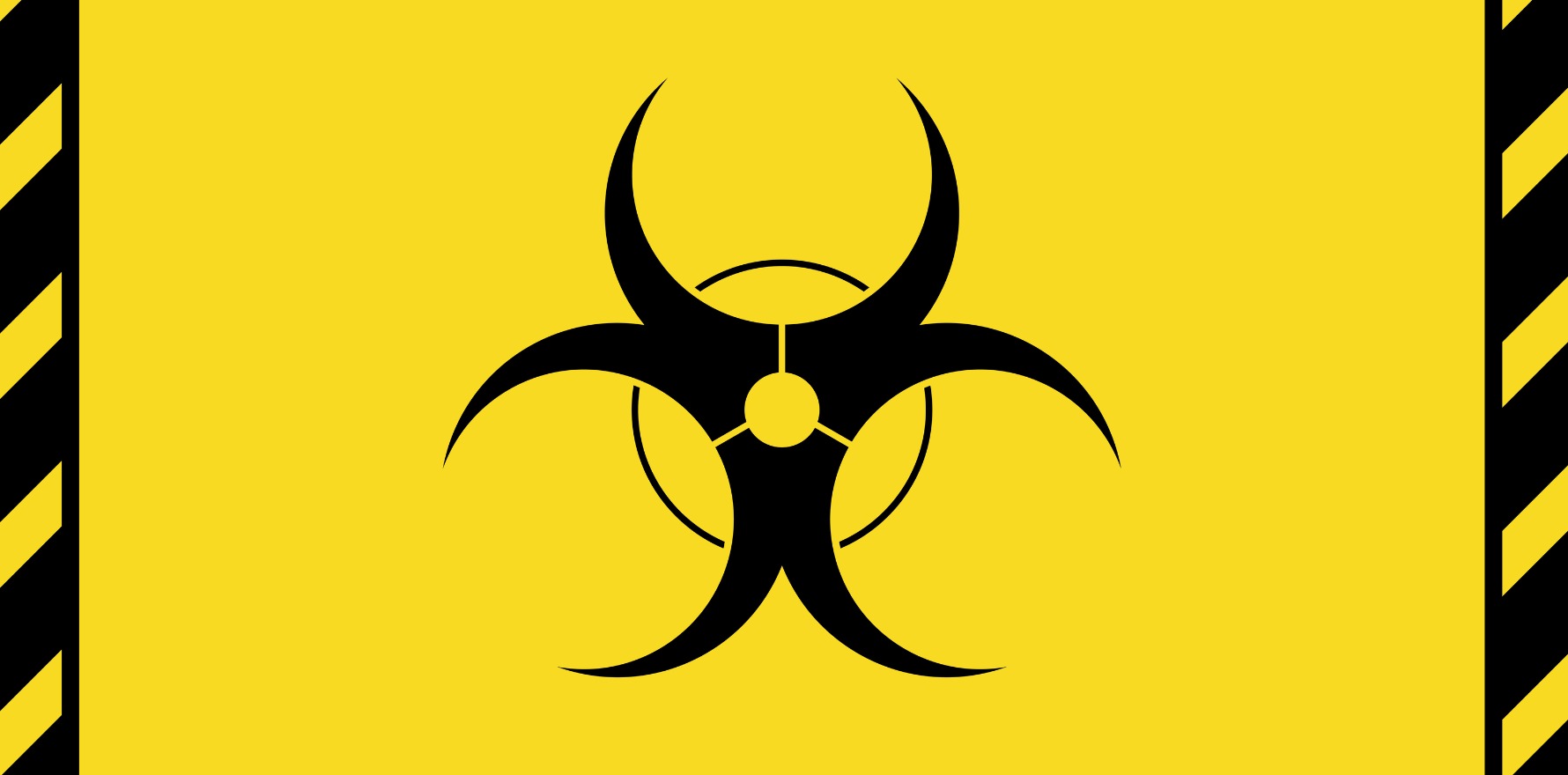Australian researchers are modelling safe and effective ways to reduce time spent in mandatory isolation through risk stratification.
A quarantine model that takes into account exposure risk, travel duration and destination of origin could be the key to shorter yet effective mandatory isolation.
Australian researchers at the Burnet Institute are using mathematical modelling to assess risk for various models of isolation, quarantine, and social distancing to inform the national policy response to the COVID-19 pandemic.
And while a mandatory 14-day quarantine has no doubt been essential in curbing the spread of COVID-19 in Australia, many are now questioning whether it’s time we adopt a more varied approach according to level of risk.
Where did the idea of the 14-day quarantine come from?
Australia’s quarantine model is based on a US-funded study that analysed confirmed COVID-19 cases in China reported between 4 January and 24 February and the range of dates when infection may have occurred.
The research found that in a vast majority of cases, symptoms developed between three and 10 days after exposure. And by 14 days, 99% of individuals who were infected developed symptoms.
But can you reduce the number of days in quarantine with routine tests?
Dr Rachel Sacks-Davis (PhD), NHMRC early career research fellow at the Burnet Institute, says the quarantine model was based on the assumption that you can tell who has been infected, and who hasn’t, by whether or not they develop symptoms.
“But as we know with COVID, that’s not necessarily the greatest assumption,” she tells The Medical Republic.
That’s why in Australia, in addition to the 14-day quarantine period, travellers are routinely offered COVID-19 serology testing from the third day to diagnose both symptomatic and asymptomatic cases.
Therefore, avoiding quarantine by producing a negative test on arrival is not an option, says Dr Sacks-Davis.
Instead, the Optimise study is looking at ways of triaging people into different quarantine durations based on the risk of disease exposure at the point of origin.
“The 14-day quarantine is a really useful public health measure because it allows someone who comes from a high-risk environment to come into a lower-risk environment, but without actually posing a risk to the community,” says Dr Sacks-Davis.
“But on the other hand, there are situations which aren’t actually high-risk to start with and where the method of travel is also not a higher risk, for example in a private car, or with other people from a low-risk location.”
Under this new model, domestic and international travellers could be allocated to quarantine based on whether their point of origin and method of travel categorises them as high, intermediate or low risk.
But is it more difficult to implement a multi-pronged public health message to the public?
Dr Sacks-Davis says while the public education may be more difficult, the public is growing increasingly tired of the one-size-fits-all approach.
“With regards to domestic travel there are issues coming up every day around people like farmers wanting to drive from one place with no cases, to another place with no cases in their own car,” she says.
“I think there will be some appetite to hear more nuanced policy, but I think there are some difficulties and it will require consideration and clear communication.”





